I was sailing fast, running downwind and sneaking into each little cove to see if it would make a good campsite, and then jibing to turn back out into the bay. The wind had increased steadily and whitecaps were forming.
The wind shifted over and gusted into the high teens, maybe low 20s mph. We (my boat and I) crash jibed onto the port tack so that, with breakneck speed and savage authority, the wind forced the sail across the cockpit.
I threw myself onto the new high side to save the boat from capsizing and somehow let go of the mainsheet. The sail, now untethered, streamed out towards the bow and pulled like a sonofabitch. I started hauling it in, hand over hand, mightily aware I had pushed things too far.
Another gust hit my little sailboat — hard. I saw the water around me darken with the pressure, and then the mast was in the water, and then I was underwater with my eyes open in the brown-green bay.
2
Camping by boat on the Point Reyes National Seashore gave me more adventure than I bargained for, despite the incongruity of placid milk cows and well-heeled hikers as witnesses to
my quest for a deeper understanding of California. I’ll be transferring to Hillsdale College in Michigan this fall. Like most Santa Rosa Junior College students about to embark on their long anticipated next thing, I feel a great need to collect a concrete sense of home here in Northern California before I leave it for the next few years.
This is where I grew up and as I prepare to leave, I’ve been trying to experience all the things that give this place haecceity, its thisness, its unrepeatable texture of place. I didn’t have any plans for spring break this year, but when a week of forecast rain cleared just as I had some time to spare, I elected to go camping. Point Reyes National Seashore is a 71,000 acre preserve, just south of Bodega Bay and north of Bolinas.
The Tomales Peninsula, west of greater Marin, sits on the other side of the San Andreas Fault line, like some new continent with geography alien to the region within 300 miles. The bay, where I was sailing, ebbs and flows with the tides over the tectonic transfer fault while the plates grind and stress and buckle, storing an earthmoving tension.
3
At the boat launch, I readied my 13-foot dinghy methodically. The bay was glassy, and I could see the reflection of the trees and beaches stretching way out onto the mirror-like water. A group of men stood on the dock, chatting loudly in Spanish. They wore orange PVC bibs and sunglasses, waiting to go work on the oyster beds. One of them waved at me.
“Are you going camping?” he asked.
“Sure, man. I’m just hoping the wind picks up some,” I replied.
“Have fun out there. The wind always picks up in the afternoons.”
4
I come from a line of Okies and cowboys, Dust Bowlers to whom a steer in the freezer sufficed for a dowry and any abstract conception of success in this state was imagined in terms of horseflesh.
And as such, I reckon that an inextricable aspect of my relationship with this state — with what makes California unique to me — is the relationship my forebearers had with it.
They ended up in the Central Valley and the foothills skirting the Sierra Nevada, in places like Hornitos and Turlock and Oakdale, but sailing toward the pastureland on Point Reyes stirred in me some uncultivated appreciation for stockmen and open spaces.
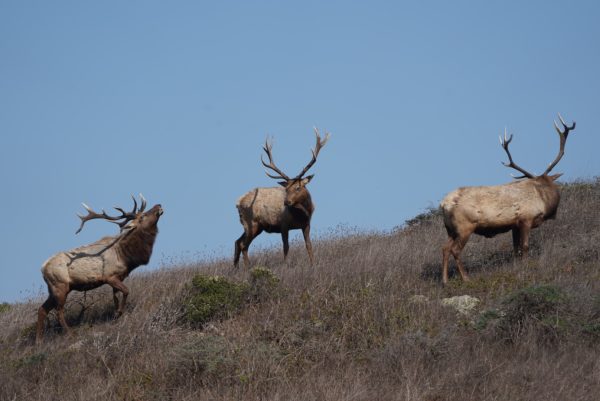
In January, the Nature Conservancy announced it had reached an agreement with the dairy owners at Point Reyes, who had leased the land from the National Parks Service since the ’60s in a tradition (or something like that anyways) that started when vaqueros began running cattle here at the beginning of the 18th century.
For an undisclosed sum, the Nature Conservancy bought out the ranchers, ending the decades-old land dispute over the future of the peninsula.
Nobody was entitled to leases on national land forever, and the teardown of the elk fence will hopefully stop the elk die-offs every time a major drought strikes the region, although I’m skeptical that the wilderness there will be untrammeled for a long, long time.
Thinking all of these things as I sailed, the rough wooden posts of the soon-to- be-gone elk fence seemed significant, like markers of some delineation in my California past and future.
5
I was wearing Burke offshore bibs over blue jeans and a hoodie with Xtratuf deck boots over wool socks when we capsized. The water was cold, and before I could swim around to the daggerboard, the boat turned turtle, all the way upside down. Twice I tried to lever the boat up, fiberglass and wood creaking while brackish water streamed off the red sail.
Twice she capsized again. As soon as the sail was out of the water, it would fill with wind and beat the boat upright, then over and on top of me where I floated. I shouted something obscene.
Everything was action and the sense that I really actually could drown in Tomales Bay this afternoon, just as easily as in the mid-Pacific.
I swam back to the transom and cut the traveler line so that the boom could stream out free without catching any wind.
“Alright, dude, you’re not going to die out here,” I shouted to myself. I was getting tired, so I hung onto the rudder and took stock of my situation for the first time.
“Stay with the boat,” is the doctrine taught by the Coast Guard, but I decided then that if I was still unsuccessful after another 10 or 15 minutes, I would cut my drybags loose for flotation, inflate my vest and swim to shore before I exhausted myself in the cold water.
I didn’t fancy the long, long, drift down to Point Reyes Station.
The upside-down boat, with all of my gear lashed on the deck, was slowly drifting downwind and I could not get her to turn into it so that the sail would not fill and capsize the boat.
I grabbed the daggerboard, levered the boat halfway up and with the mast still in the water but not dragging like a sea anchor, managed to paddle up into the wind and right the boat.
I was onboard in a flash, learily watching the pumping mast flex the deck, threatening to come crashing down at any minute.
I crawled over my dripping tent and muscled the mast back into its step. Time to get ashore.
6
There is an archaic texture to the language of boat lore, maybe even a touch of the grotesque.
To come about, to daub with an adze, to scandalize a gaff, to pay a seam, to fall off, to make fast, to cut a rebate or to cork the carvel hull of a pretty cat-yawl: each describes an action so specific and so essential that to sterilize each into a progressive form would require too many words in explanation, and, the greater crime, sever that comforting link to the iron men in their wooden boats who left something of their character, their hard chances, and their mythos in the verbiage we still cleave to.
I attempted to learn something of that ethos, capture something of that knowledge from one of my favorite teachers and friends, Robert Darr from the Arques School of Traditional Wooden Boatbuilding in Sausalito. And I suppose I was drawn to Point Reyes as a place to form a recollection of my homeland, in part because he got his start building Lyle Hess- designed boats here. He lived in a shack out of Inverness in the ’70s, crafting wooden boats in a dying tradition stretching back to Noah.
“When I ran out of money, I’d sail the Noank sloop down and set a gillnet with my girlfriend at the time, Jeanie. I had one of the last permits to gillnet, and we’d take the fish down to Chinatown in the City and buy tobacco to roll cigarettes and whiskey and rice,” Darr told me. “We’d party on Ocean Beach all night, and then I’d get back to building.”
Darr and Hess and wooden boats built out of tough-grained Douglas fir that makes a jack plane squeal and chatter if the blade isn’t sharpened just right are distinctly Californian — an ethos I want to cultivate — and yet unbelievably alien in the region’s current state.
7
I sailed hard into the beach, jumping into knee-high water to run forward and drag the fiberglass hull up out of the water.
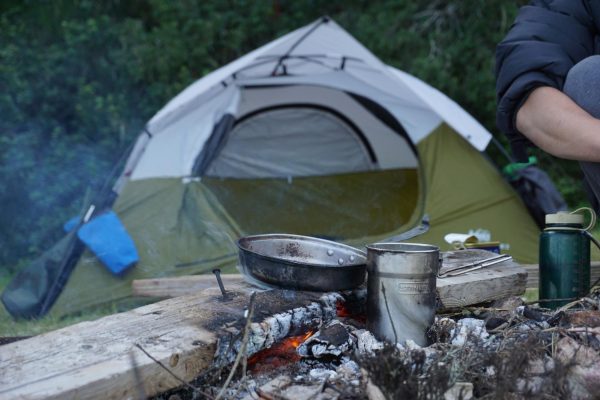
My fingers were almost useless, shaking more with adrenaline than cold as I untied my two bundles of dripping camping gear and hauled them up to a flat dry place under a shrubby tree. I pulled off my clothes — bib, blue jeans and poncho — and ran up and down the beach to warm up.
I had a great single-minded hunger to burn something, both to warm the gooseflesh on my arms and to brandish my aliveness at the whole damn world.
I tore the title pages out of my dripping copy of “All the Pretty Horses,” smeared half a tube of black ShoeGoo on the inky pages, and lit the mess with my second lighter, kept dry in the camera case with my phone and wallet.
In blue Hanes boxers and wet wool socks, I squatted over my beach fire, gibbering with excitement while a cocktail of adrenaline and endorphins stoned me into a state of triumphant and primitive defiance.
I looked up to see two women, middle-aged in new fleeces and blue leggings and red trekking poles, crest a low ridge to my left, espy the scene of shipwreck, me, and then look at each other to walk wordlessly back the way they came.
So much for the epic scale of my adventure. In deference to the women in their REI couture and the perverse encroachment of 21st-century civilization into the most sacred of places, I paused to check for cell service (three bars) and sent an all-well text home.
My sleeping bag was dry enough in its waterproof sack, for me to make it through the night. If it had been seriously wet, I would’ve had to hike to a road and get a ride back to my car.
I found a damp jacket and a pair of long johns to wear, then set about making camp and drying my gear — a procession of endless little domestic tasks made meaningful by my circumstances.
Reading my slightly-soaked Cormac McCarthy paperback by the fire as the sun set, watching the lonely lights of cars threading down Shoreline Highway across the bay, I felt alone and not-alone at the same time.
Like Darr’s stories about boatbuilding and gillneting, there are aspects of my home — the acreage in Penngrove I grew up on, the beaches and farms of Sonoma County I worked or relaxed on, and my whole home state as a geographic identity — that I relate to, although they no longer exist or will soon cease to.
But maybe that doesn’t matter as much as I worry it does: Holding onto that upside-down boat was as real and exciting as anything from the California-before-I-was-born that I sometimes think about. That tension is California. That’s what I’ll bring back East.




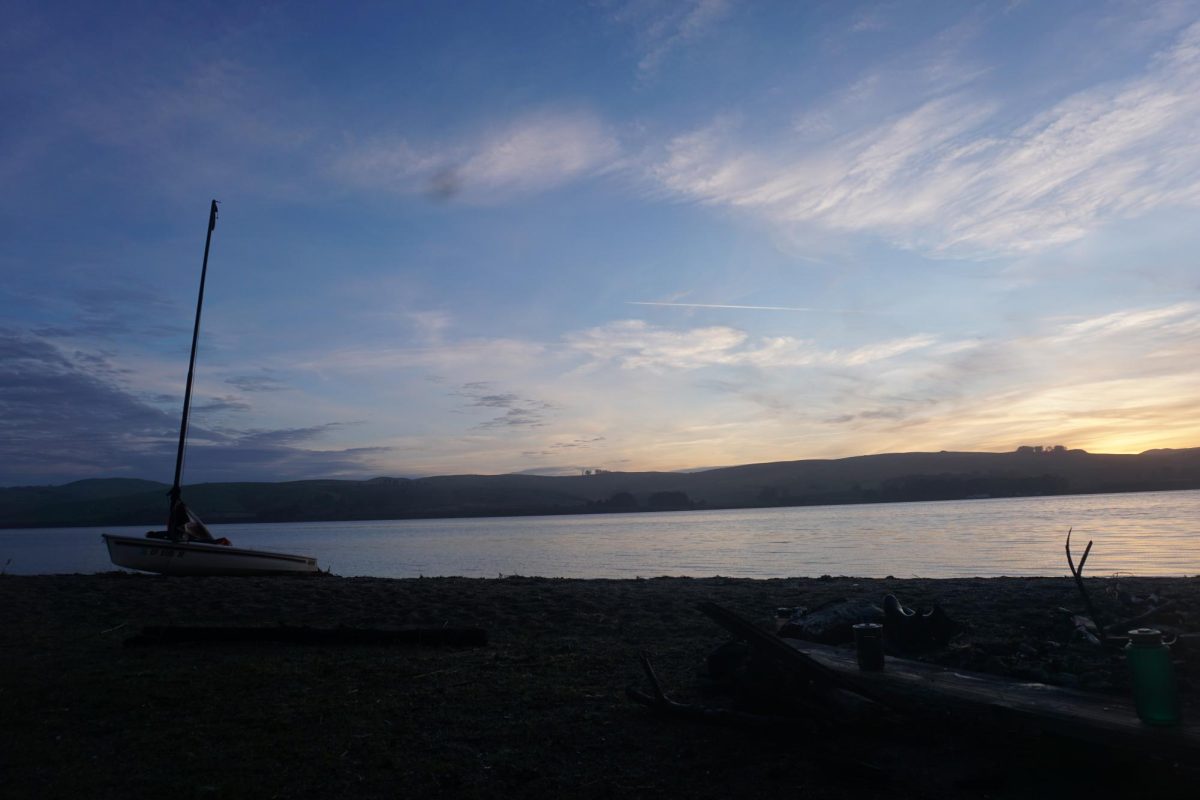
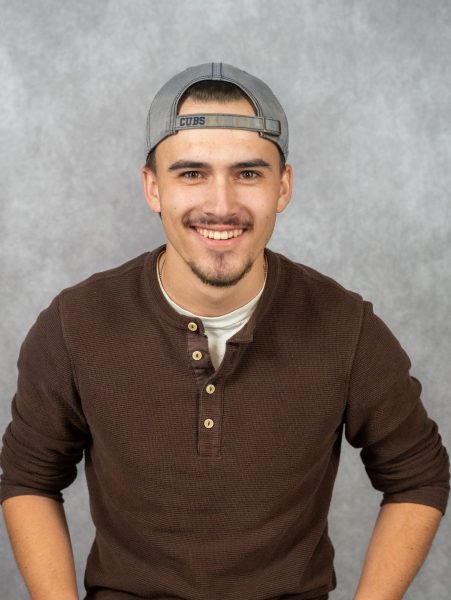
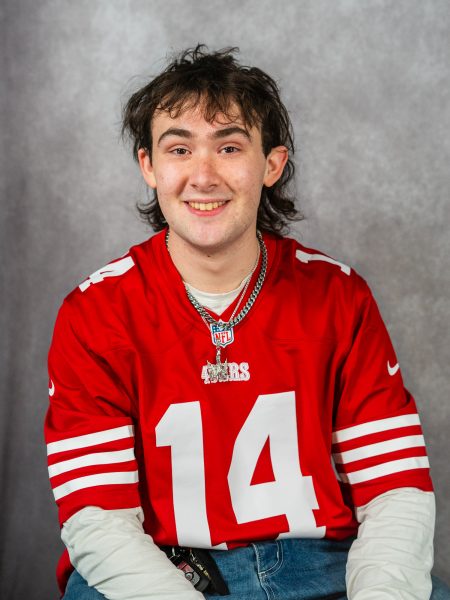
Charles McKee • May 18, 2025 at 11:12 am
A well written nature, history and adventure story. Great that you are still alive.